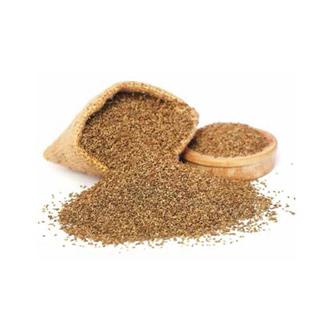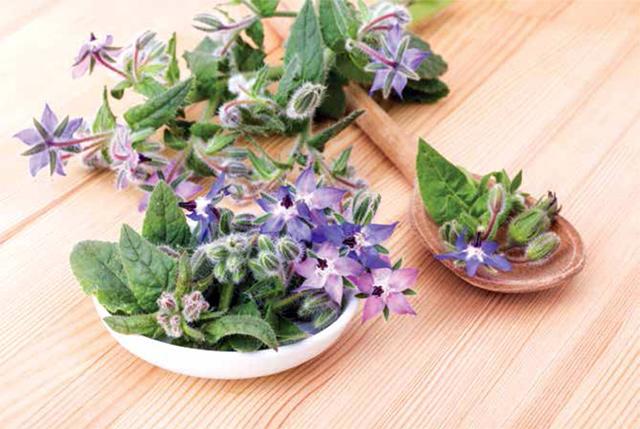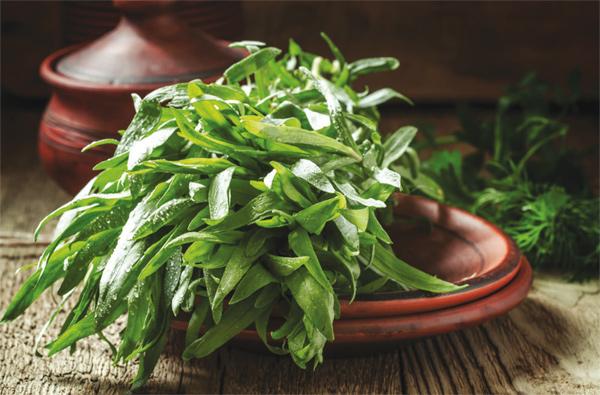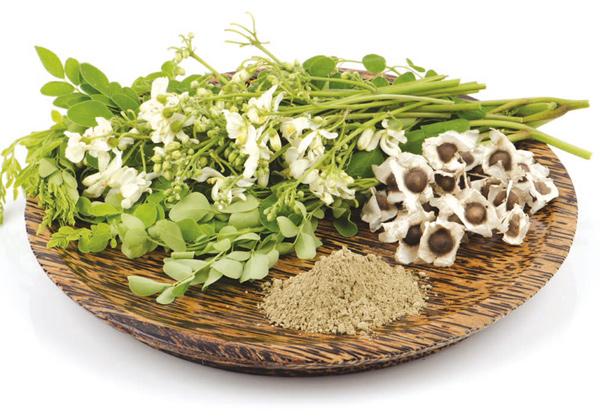You are here
Benefits of Bishop’s weed
By Sheela Sheth , Family Flavours - May 27,2019 - Last updated at May 27,2019

Photo courtesy of Family Flavours magazine
By Sheela Sheth
Food Expert
Popularly known as Ajwain or Carom, Bishop’s weed is an annual herb that belongs to the family of Apiaceae often used in Indian and Middle Eastern cooking. This leafy herb grows enthusiastically in a temperate climate and indoors, but requires very little nurturing besides watering and occasional pruning.
Mistaken identity
Ajwain flavouring is often confused by many due to its occasional use globally but does belong to the family of cumin, celery, dill, parsley, thyme and oregano. Both the leaves and the fruit are edible and used extensively in Indian medicine. The olive green elliptical shape and thickness of the leaves distinguish it from other plants in the family.
Household healer
It is one of the rare spices with rich medicinal value and often used for digestive health and the treatment of abdominal discomfort. Thymol, an essential oil obtained from the seeds, has shown to have local anaesthetic, antibacterial and antifungal properties. Its anaesthetic property is known to ease arthritis pain by applying the paste of crushed seeds on the joints to relieve inflammation.
On the other hand, chewing on a few seeds have shown instant relief from acidity and indigestion. Steaming with ajwain infused seeds helps to relieve respiratory ailments like asthma, bronchitis and migraine headache. It has also been used for instant relief of toothache and is a great mouthwash for maintaining oral hygiene.
Cosmetic accent
Ajwain is rarely used for aesthetic purposes, though both leaves and the seeds have the essential oil thymol, which gives it an aromatic fragrance and is a rich source of minerals, vitamins and antioxidants. It is used for lightening acne scars, and a paste of the leaves could be used as a skin cleanser.
Twist on taste
Ajwain occupies a special place in my spice box, and I use it regularly as a mouth freshener after a meal. I season my curries and rotis to create a unique blend of flavour, setting it apart from other recipes. It is often roasted lightly to highlight the taste and added to beans, bread, curries and marinades to improve digestion and reduce bloating. The seeds are also used in pickling along with fenugreek, mustard seeds and turmeric. Indian recipes also incorporate fresh leaves of the plant. Be sure to consult your doctor before trying any herbal remedies.
Reprinted with permission from Family Flavours magazine
Related Articles
By Sheela ShethFood Expert In my home country India, Borage, an annual brilliant blue bloom also known as a starflower, is used as a te
By Sheela ShethFood Expert This bitter sweet plant, also known as the dragon wart and tarkhum in Arabic, has an aromatic flavour simila
By Sheela ShethFood Expert Grown in the Mediterranean, this powerful antioxidant is sweet in taste and cool in nature.
















